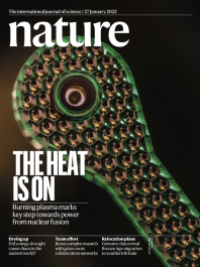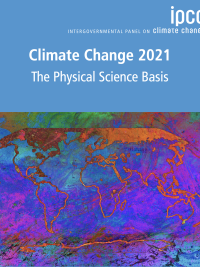Livermore researchers report on the achievement of a burning plasma at Livermore's National Ignition Facility.
Journal Covers
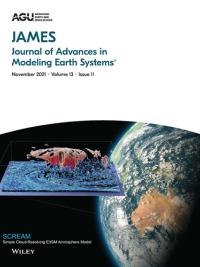
Highlights implementation of a new global 3.25-kilometer version of the E3SM atmosphere model and its behavior in a 40-day northern-hemisphere wintertime simulation.
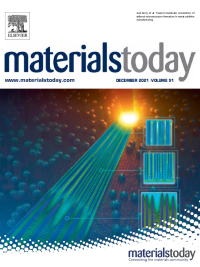
Demonstrates a multiscale simulation framework coupling that can quantitatively predict tailored microstructure formation in laser processed Ti-Nb.

This study computationally explores using high-resolution inelastic x-ray scattering at x-ray free electron laser facilities to probe the temperature of a material in high-pressure shock or ramp compression.

This book includes chapters on machine learning, image analysis, and data segmentation contributed by Livermore scientists.
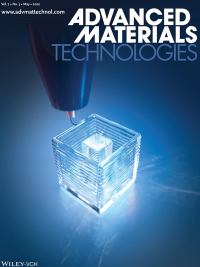
The authors describe inks for transparent elastomers that are formulated by matching the refractive index of silica and polysiloxanes.
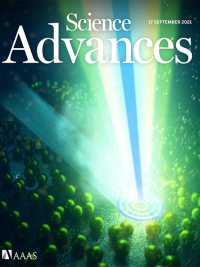
Research reported here shows that Bessel beams offer unprecedented control over the spatiotemporal evolution of the melt pool in stainless steel (SS 316L) in comparison to Gaussian beams.
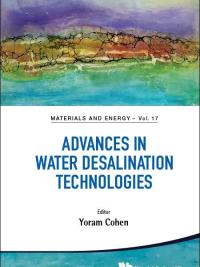
Livermore scientists contributed two chapters to this book, one on capacitive deionization (CDI), and one on transport in carbon nanotube pores.

Paper introduces the concept of cellular fluidics: a platform of unit-cell-based, three-dimensional structures—enabled by emerging 3D printing methods—for the deterministic control of multiphase flow, transport and reaction processes.


